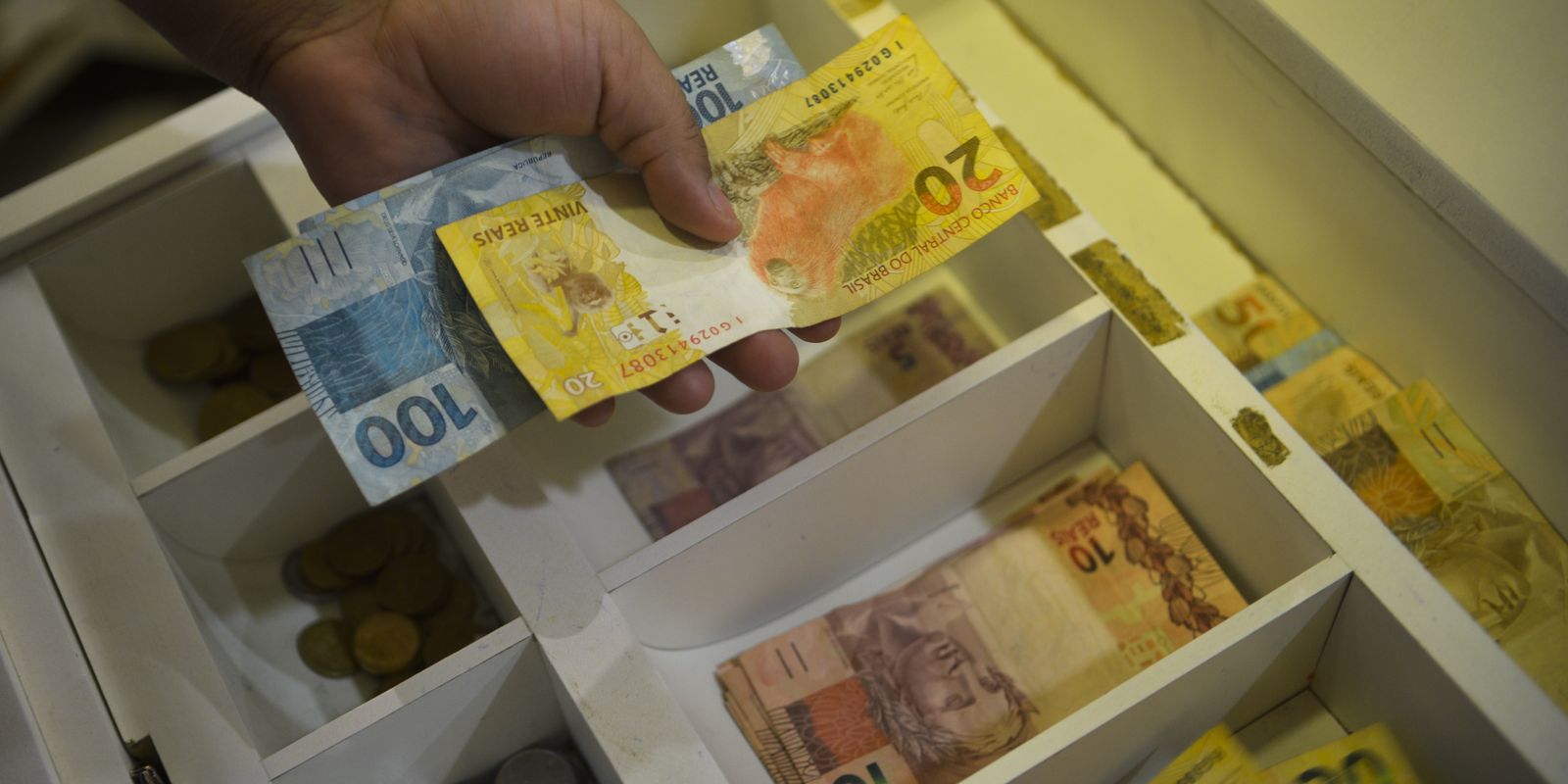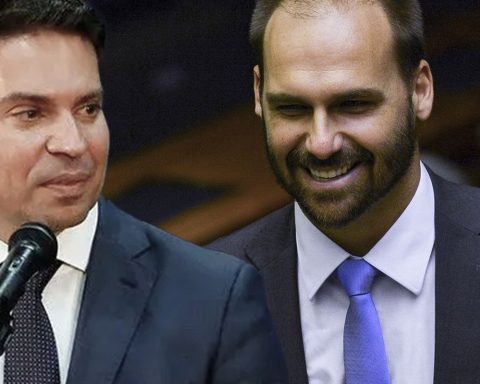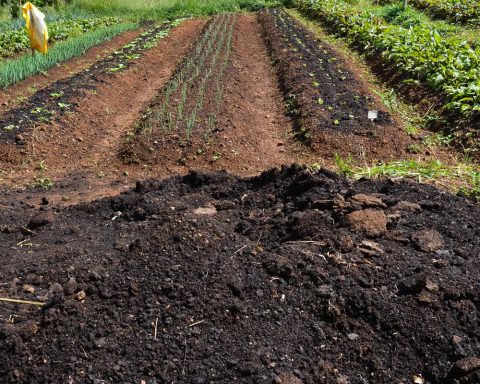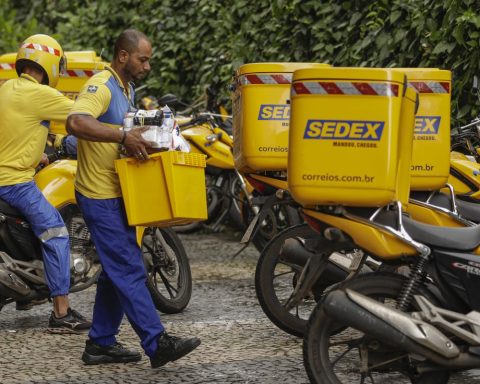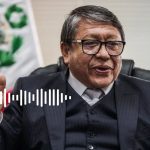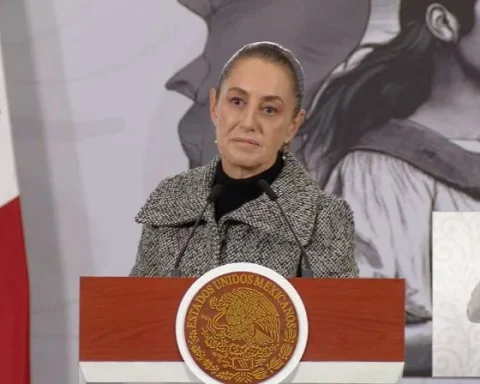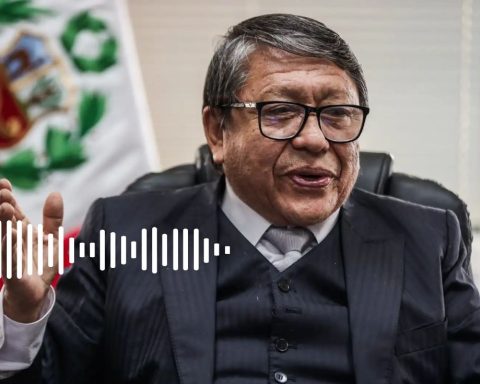The year 2024 is coming to an end with results that show positive indicators in the economic field, but at the same time, numbers that bring a certain degree of concern to the Brazilian economy. This Monday (30), the last business day of the year for banks and the stock exchange, the Brazil Agency compiled some data that has already been released.
Some indicators, such as the behavior of the Gross Domestic Product (GDP, set of goods and services produced in the country), refer to the third quarter of 2024. Others, such as those relating to employment, reach a more recent period, such as November.
Job
The unemployment rate, better known as unemployment, closed the quarter ended in November at 6.1%. This is the lowest index in the historical series of the Continuous National Household Sample Survey (Pnad), started in 2012 by the Brazilian Institute of Geography and Statistics (IBGE).
This represents 6.8 million people looking for work in the country. The number of employed people reached a record of 103.9 million.
In the same quarter of 2023, the unemployment rate was 7.5%. In December 2023 the index closed at 7.8%.
This behavior of the labor market also made it possible for the number of people with a formal contract to reach the highest point in the series, 39.1 million between August and November 2024.
Also according to IBGE, the informality rate was 38.7% of the employed population – or 40.3 million informal workers. In the same period last year, the mark was 39.2% (or 39.4 million). Informal workers are employees without a formal contract or people who work on their own, but who are not covered by social security.
The research also provides data on the worker’s income. In November, the average income was R$3,285, growth of 3.4% compared to the same period in 2023. The mass of income – the sum of what is received by all workers – was a record, R$332.7 billion, with an increase of 7.2% in one year.
Another piece of data closely monitored by economists to assess the job market is the General Register of Employed and Unemployed Persons (Caged), compiled by the Ministry of Labor and Employment and which only takes into account formal employment, that is, with a formal contract.
Of January to NovemberBrazil had a positive balance of 2.2 million formal jobs. In the same period of 2023, the balance was 1.9 million.
GDP
The set of economic indicators direct the behavior of the Brazilian economy, which is measured by GDP, calculated by IBGE.
The most recent data is from the third trimester: the economy grew 0.9% from the second to the third quarter, driven by industry and the services sector, in the 13th consecutive expansion. Agriculture was the only sector that recorded a drop.
In relation to the third quarter of 2023, GDP increased by 4%. Over four quarters, the country’s economic growth totals 3.1%.
Brazilian performance was highlighted among the G20 (a group that brings together the 19 largest economies in the world plus the European and African unions), but raised concerns regarding investment levels.
The closed GDP result for 2024 will be known in March 2025.
Inflation
Another economic indicator that directly affects Brazilians’ pockets is inflation. The Broad National Consumer Price Index (IPCA), also called official inflation, accumulated in the 12 months up to November 4.87%, remaining above the government target3% with a tolerance of 1.5 percentage points (pp) more or less.
It is also the highest accumulated since September 2023. From January to November, the IPCA rises 4.29%.
The IPCA-15, which is a preview of the official index, closed 2024 at 4.71%.
IBGE also announced that the National Consumer Price Index (INPC) reached 4.84% until November. The INPC calculates the variation in the cost of living for families with an income of up to five minimum wages. As for the IPCA, up to 40 minimum wages.
The 12-month INPC accumulated up to November serves as an index to calculate the value of the minimum wage, which should take the value to R$1,518.
Another inflation index closely followed by economists and tenants is the General Price Index – Market (IGP-M). Calculated by Fundação Getulio Vargas (FGV), the indicator is commonly called “rent inflation”, as it tends to correct housing contracts annually.
The IGP-M ended 2024 at 6.54%, a very different scenario from 2023, when there was deflation, that is, it was negative at 3.18%.
Fees
Brazil adopts the inflation target regime, defined by the National Monetary Council (CMN), composed of the Ministers of Finance, Planning and President of the Central Bank (BC). The pursuit of the target is led by the BC’s Monetary Policy Committee (Copom).
The rise in the IPCA in 2024 and the outlook for the following years caused the Copom to raise the basic interest rate, the Selic, which ends the year in 12.25% per year. Highs in the dollar and food prices influenced the committee’s decision.
Selic is a Central Bank instrument to control inflation. High rates make loans more expensive – whether for individuals or companies – and are synonymous with a brake on economic activity, which has the potential to contain price increases, but, on the other hand, discourages investments and the creation of jobs and income.
In January, Selic was at 11.25%. There was a downward trend until reaching 10.50% in May. But the monetary instrument underwent an inflection and rose again in September, pointing to an upward trajectory.
Dollar
The year 2024 also marks the devaluation of the real against the dollar. In 2023, the foreign currency closed at R$4.85. Over the 12 months ending this Monday, the dollar gained strength and is approaching an appreciation of 27%, ending the year trading at R$6.18.
Among the most direct effects of the rise in the US currency, there is inflationary pressure, as imported products – whether final products or raw materials – become more expensive in Brazil. On the other hand, exporters increase earnings, as revenues obtained in dollars from sales to other countries become worth more after conversion into the real.
To try to contain the rise in foreign currency, the BC made dollar auctionsas a way of satisfying the appetite of financial market agents and reducing pressure on the real.
The Minister of Finance, Fernando Haddad, reiterated that Brazil adopts a floating exchange rate, that is, there is no intervention to keep the currency at a fixed value, but recognized the need for specific actions by the BC in moments of great volatility.
The behavior of the US currency is attributed to a series of factors within the country – such as concern about the level of government spending – and abroad – such as the result of the US elections and the level of interest rates in the United States.
